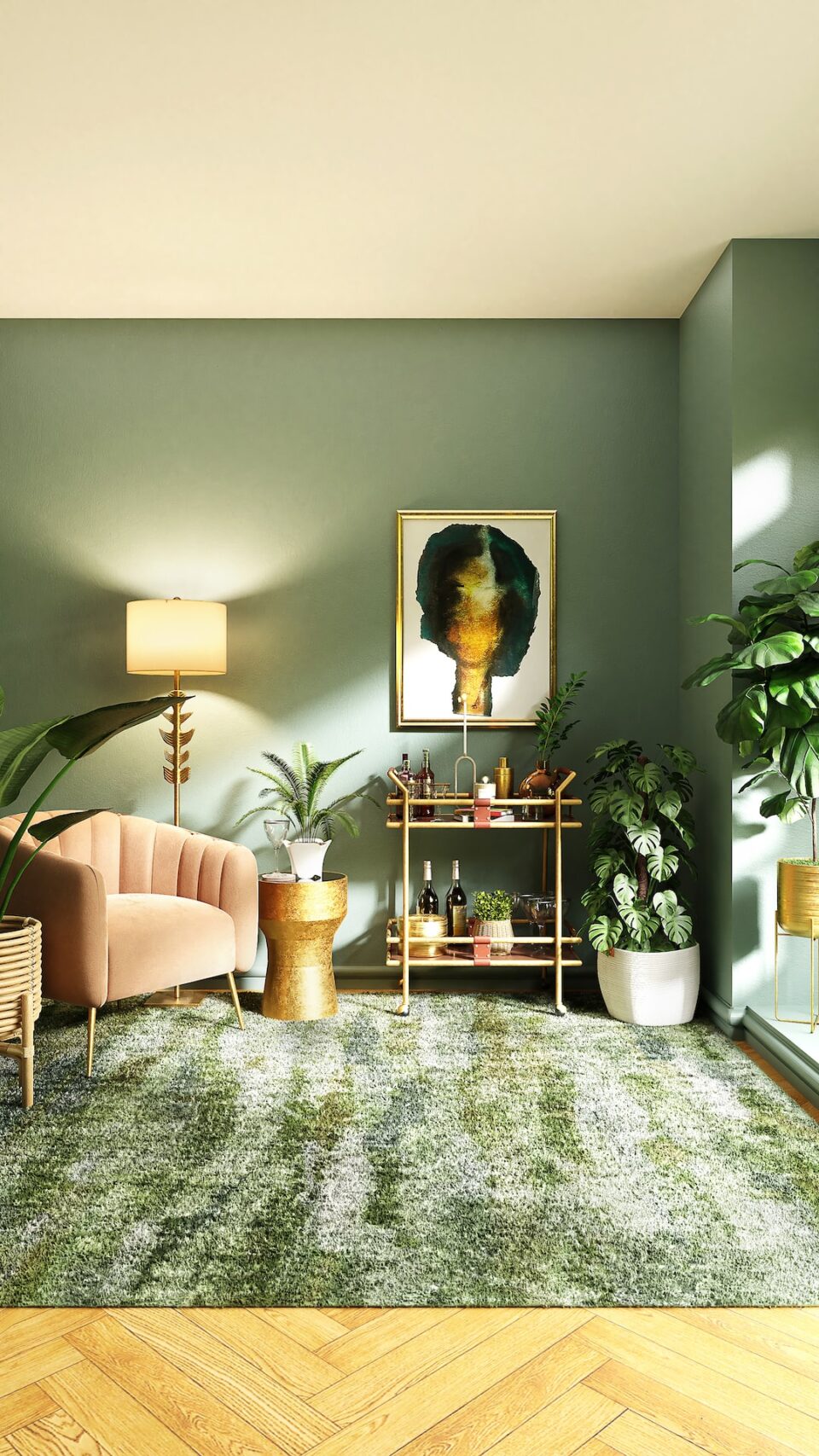In the era of environmental consciousness, it has become more important than ever to incorporate sustainable practices into our lives. One area where we can make a significant impact is in our homes. By embracing sustainable design principles, we can create beautiful and eco-friendly spaces that have a positive impact on the planet. Here are some simple ways to incorporate sustainable design in your home.
One of the easiest and most effective ways to go green in your home is by adopting energy-efficient appliances and lighting. Replace your old incandescent light bulbs with LED bulbs, which use less energy and have a longer lifespan. Invest in Energy Star-rated appliances that consume less electricity and water. These small changes can lead to significant savings on your utility bills while reducing your carbon footprint.
When it comes to choosing materials for your home, opt for sustainable options. Natural materials like bamboo and cork are not only eco-friendly but also add warmth and texture to your space. Use low-VOC (volatile organic compound) paints, which are free of harmful chemicals that can affect indoor air quality. Consider using reclaimed wood for furniture and flooring, giving new life to old materials while reducing deforestation.
Maximize natural light and ventilation in your home to reduce reliance on artificial lighting and air conditioning. Incorporate large windows that allow ample sunlight to enter, illuminating your space and reducing the need for artificial lighting. Install ceiling fans to promote air circulation and reduce the need for air conditioning during the summer months.
Another way to incorporate sustainable design in your home is through proper insulation. A well-insulated home retains heat during colder months and keeps it cool during hot summers, reducing the need for excessive heating or cooling. Consider using eco-friendly insulation materials like cellulose or recycled denim, which are non-toxic and have a smaller carbon footprint.
Water conservation is also an essential aspect of sustainable design. Install low-flow showerheads and faucets to reduce water consumption without compromising water pressure. Collect rainwater in barrels for outdoor watering purposes. Consider using native plants in your garden, as they require less water and maintenance. These small changes can make a significant difference in conserving water resources.
Lastly, declutter and embrace minimalism in your home. By reducing the amount of stuff we own, we reduce consumption and waste. Invest in quality, durable furniture and accessories that will stand the test of time. Focus on items that serve multiple purposes to maximize functionality without sacrificing style.
Incorporating sustainable design in your home doesn’t have to be overwhelming or costly. By making simple changes like opting for energy-efficient appliances, choosing eco-friendly materials, maximizing natural light and ventilation, insulating properly, conserving water, and adopting minimalism, you can create a sustainable and stylish home that is kinder to the planet. Start small, integrate these practices gradually, and watch as your home becomes a greener, more sustainable haven.


